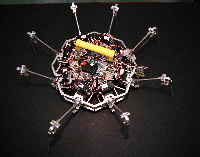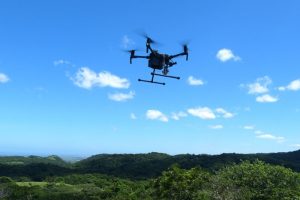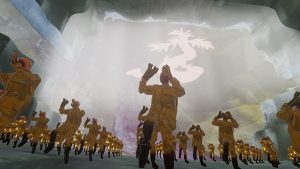Engineers from the Institute of Infocomm Research and the National University of Singapore are developing robots that can communicate with each other and work together as a team, without having to rely on a central command centre.

“We can send in a swarm of robots, say to search a building on fire, to search for human survivors. One group of robots could be in charge of searching, while another group is equipped with video transmission equipment, explains Winston Seah who leads the Tarantulas (The All-teRrain Advanced NeTwork of Ubiquitous MobiLe Asynchronous Systems) project. “When a search robot locates a survivor, it can then inform the video robot to come by and take video feeds of the location and situation of the survivor and transmit the images back to the command centre.”
A relative positioning system removes the need to use an absolute location estimation system like GPS which requires a lot of power and doesn’t work indoors. “By continually communicating with each other, these advanced robots are able to estimate their relative positions to each other and to the objects and subjects around the vicinity,’ he added”, added Seah.
Working prototypes should be ready by March or April this year.
Via CarbonGeek.
Related projects: the Swarmbots and the Cyber Rodent project.







